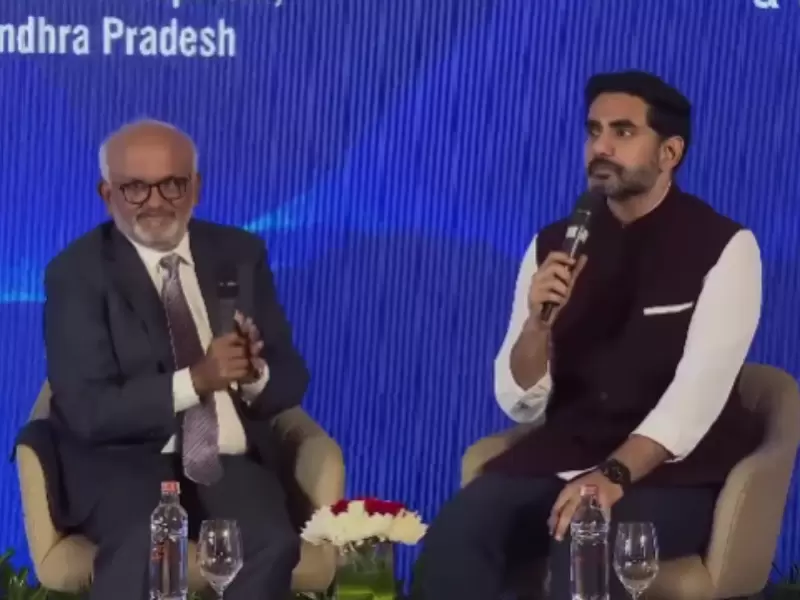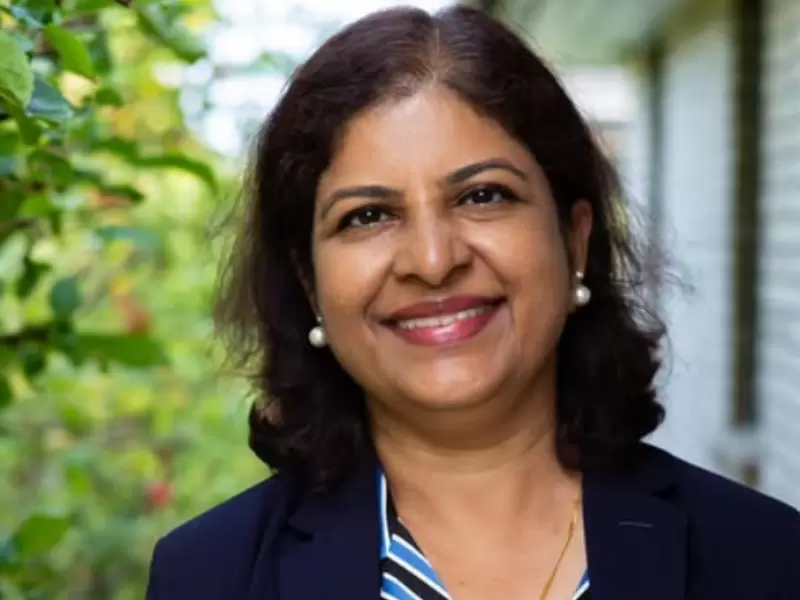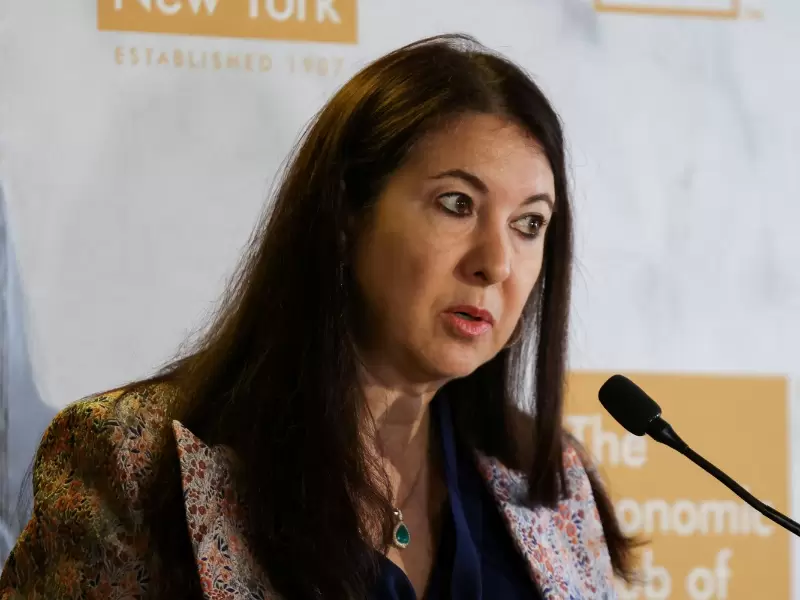California of the East: Andhra Pradesh IT minister pitches state to Adobe CEO
He outlined the state’s trajectory as a $180 billion economy “aspiring to be a $2.4 trillion economy” and said Andhra Pradesh has secured “$120 billion worth of firm commitment” in 17 months.
 Andhra Pradesh IT minister Nara Lokesh with Adobe CEO Shantanu Narayen / Screengrab from YouTube/ USISPF
Andhra Pradesh IT minister Nara Lokesh with Adobe CEO Shantanu Narayen / Screengrab from YouTube/ USISPF
Andhra Pradesh IT minister Nara Lokesh pitched the state as the “California of the East” during a fireside chat with Adobe CEO Shantanu Narayen at the USISPF Board of Directors visit in New Delhi.
The session, held on Nov. 12–13 as part of the US-India Strategic Partnership Forum’s annual board visit, examined Andhra Pradesh’s tech ecosystem, investment inflows, AI-led governance, and the construction of the new capital, Amravati.
Also Read: Sanjay Rai: Building Maryland’s future through accessible education
Narayen opened by recalling how Hyderabad was little-known internationally when he moved to the U.S. four decades ago, crediting Chandrababu Naidu for putting it “on the map,” and said the vision for Amravati “may even eclipse that.”
Lokesh outlined the state’s trajectory as a $180 billion economy “aspiring to be a $2.4 trillion economy” and said Andhra Pradesh has secured “$120 billion worth of firm commitment” in 17 months.
He cited Google’s nearly $15 billion investment—“India’s single largest FDI investment ever”—and ArcelorMittal’s project south of Visakhapatnam, finalized over a Zoom call, as examples of the state’s “speed of doing business.”
Lokesh said the government uses AI to compare policies with other states, evaluate applications, and shape incentives. Once an investment is confirmed, “it becomes our project,” he said, noting that WhatsApp groups are created with companies to troubleshoot issues in real time.
Mr. Shantanu Narayen, Chair & CEO of @Adobe and Vice Chairman of USISPF, joined Shri @naralokesh, Cabinet Minister, Government of Andhra Pradesh, for a fireside chat at a reception in New Delhi at the USISPF's #BoardDelegationVisit2025.
— US-India Strategic Partnership Forum (@USISPForum) November 14, 2025
Their conversation highlighted digital… pic.twitter.com/dNNJvyNLTE
AI-led education reforms, skill census, and Amravati’s city-building model
A major portion of the discussion focused on education and skills. Lokesh said the state is revamping university curricula with industry partners, exploring an “ISB model for an AI university,” and deploying conversational AI for a “skill census” assessing workers “from a carpenter to an AC mechanic to an AI engineer.”
“All of us are learning,” he said, identifying AI and quantum as the next frontiers.
On Amravati, he said the new capital was planned by Singapore designers on land voluntarily pooled by 30,000 farmers.
“When the state got split, we were capital-less… This is a model that’s workable,” he said, arguing that India will need new cities as older ones become congested.
Positioning Andhra Pradesh as the “California of the East,” Lokesh highlighted its long coastline, decentralized development model, growing electronics and manufacturing clusters, and partnerships with Google, Meta, and ArcelorMittal. He said the state aims to build 50,000 hotel keys to support a wider social and tourism ecosystem, with 8,500 completed so far.
Responding to a question, Lokesh said the state is witnessing a shift “from brain drain to brain gain,” with young professionals in the U.S. showing interest in returning due to the cluster-based industrial plan and new testing and certification systems.
Narayen closed by noting the significance of Lokesh holding both HRD and IT portfolios. Lokesh said he chose education because “it can really transform lives,” and that IT offers visibility into long-term skill needs.
The session ended with applause as Narayen echoed the broader theme: “It is India’s time,” reiterating the minister’s call for global companies not to “miss this bus.”
ADVERTISEMENT
ADVERTISEMENT
E Paper
Video



 Malvika Choudhary
Malvika Choudhary

.jpg)









Comments
Start the conversation
Become a member of New India Abroad to start commenting.
Sign Up Now
Already have an account? Login